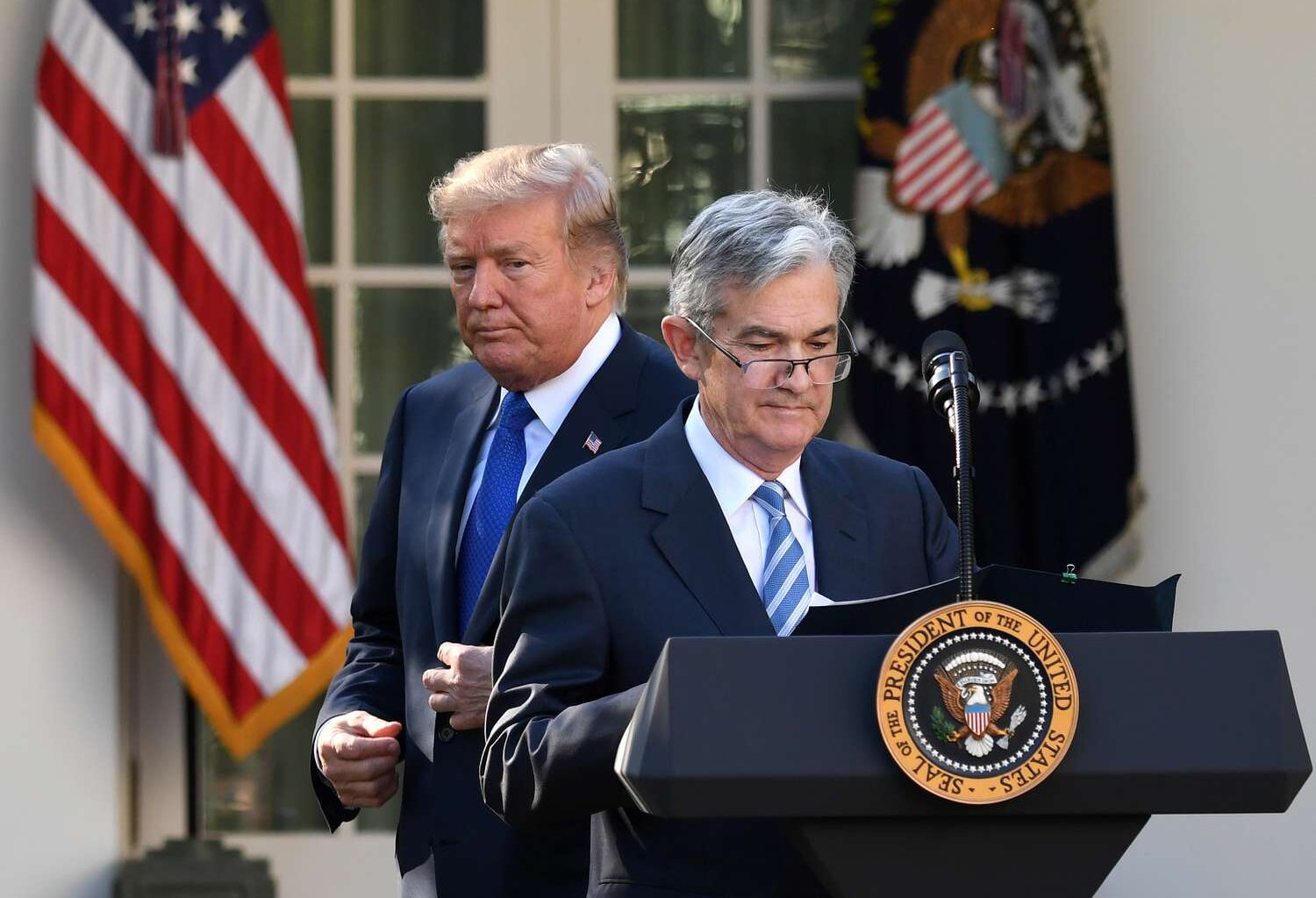A new opening at the Federal Reserve could speed up President Donald Trump’s search to replace Chair Jerome Powell.
The early resignation of Fed Governor Adriana Kugler was a “pleasant surprise,” Trump told CNBC on Tuesday, since it opens up a spot for him to appoint a member of the Fed’s seven-member board.
A Trump appointee would likely add another vote for interest rate cuts, the source of Trump’s qualms with a Fed that’s kept rates steady this year. It’s also possible, however, that Trump also uses the vacancy as a chance to name the Fed’s chair-in-waiting.
Powell’s term as chair ends in May 2026, but Trump’s choice for Kugler’s open spot may well be the person he picks as the next Fed leader—perhaps the world’s most important economic policymaking job.
“The ball is in Trump’s court now,” wrote Derek Tang, an economist at the research firm LH Meyer.
Trump told CNBC he plans to make a Fed announcement “very shortly.” The person could fill the remainder of Kugler’s term, which is due to end Jan. 31, and get reappointed for a full term. Trump also noted that some have raised the prospect of using Kugler’s vacancy to name Powell’s eventual replacement.
Powell’s Plans Could Play a Role
One quirk in Fed procedures may play a role in that decision.
While Powell’s time as the Fed’s chair runs out in May, he can choose to stay on the Fed board until January 2028. Fed board members are appointed and confirmed by the Senate for 14-year terms, like the one Powell started in 2014, but the Fed chair position runs on four-year increments.
That leaves open the possibility that Powell will stay on at the Fed and keep his voting spot even if he isn’t its chair. Powell hasn’t shared his plans after May 2026.
“We think it’s highly unlikely that Powell will choose to stay on the board,” Ian Katz, a policy analyst at Capital Alpha, said. “There’s a precedent for a Fed chair remaining as a governor, but you have to go back almost eight decades.”
If Powell does stay, the Fed’s seven-member board would be full without needing new appointees. Trump could only pick a new Fed chair from its existing pool of seven board members, restricting his ability to bring someone in from the outside.
“The safe move for the White House would be to put Powell’s successor in place sooner, in Kugler’s governor seat,” Amanda Wilcox, a UBS economist, wrote in a note to clients.
The timeline to replace Powell “seems to have accelerated” after Kugler’s resignation, Wilcox wrote.
Trump Narrows His List
Trump appears to be slimming down his list already. He told CNBC he will pick from “one of four people” and that Treasury Secretary Scott Bessent, who’d been floated as a Powell replacement, won’t be on that list.
Bessent “wants to stay where he is,” Trump said, citing his desire to keep reworking trade deals with the rest of the world.
Three names have been widely floated for the job.
One is Fed Governor Chris Waller, a longtime Fed economist whom Trump appointed during his first term in 2020.
Trump is also considering Kevin Hassett, an administration official who leads Trump’s National Economic Council, and former Fed Governor Kevin Warsh. Warsh, a lawyer by training and former investment banker, was on the Fed board during the 2008 financial crisis and is a fellow at the Hoover Institution.
“Both Kevins are very good—and there are other people that are very good too,” Trump told CNBC, adding that “sometimes they’re all very good, until you put them in there.”
September Rate Cut May Come Anyway
Trump has long clashed with Powell, whom he initially appointed as Fed chair in 2017 before former President Joe Biden re-appointed him.
Waller and Fed Governor Michelle Bowman, the other Trump appointee on the Fed board, voted against the Fed’s decision to keep interest rates unchanged last week.
It was the first time two Fed governors dissented at a Federal Open Market Committee meeting since 1993, noted Wilcox, the UBS economist. Kugler’s replacement could add another voice for rate cuts—and potentially an important one if they’re expected to be Powell’s replacement.
“The potentially extended duration of having the heir apparent in place alongside the current Chair could make communications complicated, and lead to additional tension on the FOMC,” Wilcox said.
Still, the major downward revisions in last month’s jobs report and other signs of softening economic data could prompt Fed officials to lean toward rate cuts anyway. Traders project a 91.2% chance that the Fed will cut rates at its September meeting, according to the CME Group’s FedWatch tool, which forecasts rate movements based on fed funds futures trading data.
Weaker economic data gives Powell “more than sufficient justification to lower rates without appearing to have given up Fed independence by responding to the president’s criticism,” wrote Ian Lyngen, head of U.S. rates strategy at BMO Capital Markets.
